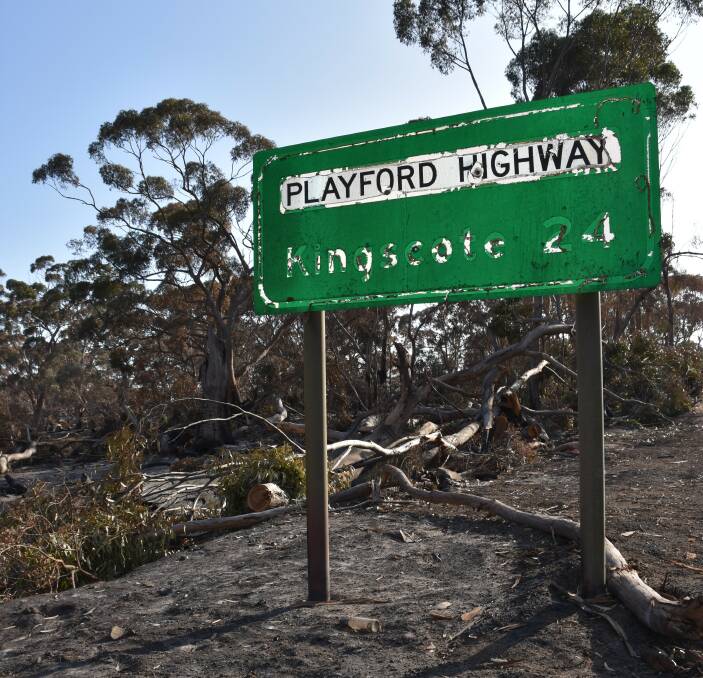
New research is offering insights into the destructive Black Summer bushfires in 2019-20, which were at times driven by complex interactions between the fire and the atmosphere that produced extreme local fire behaviour.
Subscribe now for unlimited access to all our agricultural news
across the nation
or signup to continue reading
Cutting edge research led by Mika Peace, from the Bureau of Meteorology and the Bushfire and Natural Hazards CRC, has used advanced super-computer simulations that combine bushfire behaviour and meteorology to investigate why the Badja Forest in NSW, Green Valley Talmalmo/Corryong, NSW/Vic, Kangaroo Island, Stanthorpe, Qld, and Yanchep, WA, bushfires were so extraordinary and challenging to firefighters.
"The research uses two linked models to help us understand the processes driving these challenging and destructive fires - one which simulates the fire and one which simulates the weather, so by combining them we can see how both the fire and weather change in response to each other," Dr Peace said.
"It's only possible to research the fire behaviour resulting from these interactions between the fire and the weather, such as extreme, local winds and rotating fire plumes through work like this.
"As we learn and share these findings, we are able to apply our knowledge to future bushfires.
"Right now, we can use the findings to help fire behaviour analysts and fire meteorologists recognise the conditions that lead to extremely dangerous localised bushfire behaviour."
Research shows the drought and heatwave conditions experienced in the lead up to and during all five fires were a key factor in priming the landscape for extreme fire behaviour, but local weather conditions were also important when combined with the very dry vegetation.
Unusual fire activity occurred in the overnight period, when fire intensity and rate of spread is typically expected to decrease.
Interactions between strong winds above the ground, topography and the fire plume circulation were key drivers accelerating surface fire spread at night.
"The conventional understanding of bushfire behaviour will tell you that fire activity will decrease overnight as the temperature drops, humidity rises and winds become lighter," Dr Peace said.
"The modelling shows that very strong low-level winds descending to the ground behind the fire plume were a critical reason why the Badja Forest and Corryong bushfires burnt so fast overnight."
Pyrocumulonimbus (pyroCb) clouds or fire generated thunderstorms were a feature of the 2019-20 fire season and the number of pyroCb clouds recorded was an Australian record for one season.
But the five fires examined were not all associated with pyroCb's, highlighting that it is not the sole weather phenomenon associated with extreme fire behaviour.
The simulations show the fire-affected wind near a fire plume can be much stronger than the background winds and that destructive winds can occur, including extreme fire-front winds and fire generated vortices.
"For the bushfires that occurred close to the coast - Yanchep in WA and on KI - the combination of heatwave conditions, the temperature difference between the hot land and the cooler water and local topography led to complex winds that changed the bushfire behaviour," Dr Peace said.
Sea breezes, the local environment, and other such conditions caused erratic, variable winds along active fire lines which at times stretched for several kilometres.
RELATED:
The bushfire simulations undertaken through this research use the Australian Community Climate and Earth System Simulator Fire model and are run on the National Computing Infrastructure supercomputer in Canberra.
The results show the benefits of enhanced simulation capability and supercomputer power.
Due to the level of detail, data and computer power required it is presently not possible to model bushfire behaviour like this when bushfires are burning.
This research was a partnership between the BNH CRC and the BoM and was conducted in close collaboration with fire and land management agencies in each state.
- Details: View the report at bnhcrc.com.au/publications/black-summer-fire-modelling
Start the day with all the big news in agriculture. Sign up here to receive our daily Stock Journal newsletter.

